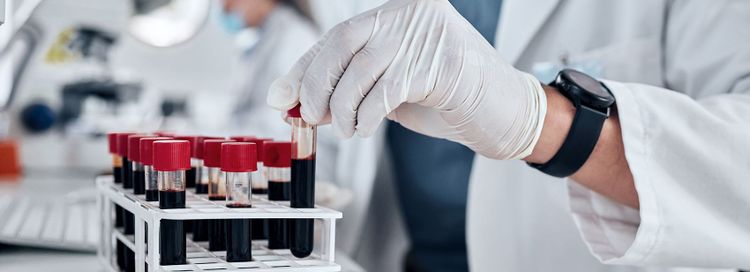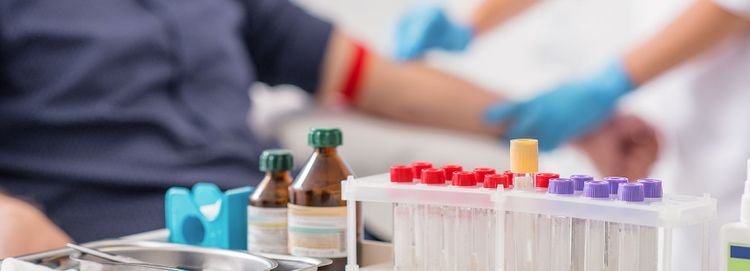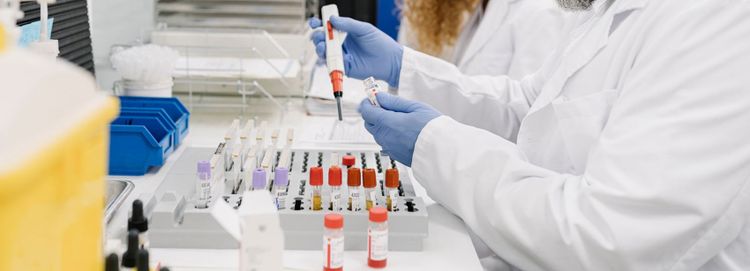April 5, 2023
Staffing is one of the biggest challenges facing laboratories of all types. According to a recent survey, only 27% of lab professionals feel their labs are adequately or well-staffed. Among those who felt their labs had staffing issues, only 32% said they were moderately or extremely satisfied with their careers.
Not only are labs having a hard time finding candidates to fill their open positions, but they are also at risk of losing the staff they do have due to dissatisfaction and burnout.
To combat this, labs can look for ways to reduce the burden on staff while still maintaining testing volume and turnaround time targets. Investing in technology is a great way to help staff work more efficiently and focus on more meaningful tasks, while still hitting or even exceeding volume and performance goals.
Here are some steps labs can take to increase productivity and efficiency using technology.
Going digital
As digital technology has rapidly advanced over the past 20–30 years, most labs have transitioned at least some of their functions from manual to electronic, such as orders and results, integrations with analyzers and billing. For example, a recent survey showed that less than 20 percent of labs have moved to electronic processes for inventory/supply chain management and customer service.
Digital solutions greatly reduce the amount of manual, time-consuming tasks required of staff. A customer service representative, for example, can log and track cases and send communications from a single interface with just a few clicks—no paper or data entry is required. Additionally, it is much easier to track activity and analyze data with a digital software solution, compared to manually entering information into spreadsheets. Selecting a system that can ingest data from the LIS and other existing lab systems reduces time spent shifting between systems and provides a single source of truth.
Connecting the lab
The next step for increasing productivity and efficiency is modernizing infrastructure to connect the lab’s various machines and digital systems to one another. This helps eliminate repetitive tasks caused by a lack of communication between systems and devices, reduces the risk of human error and enables easier collaboration across departments or locations.
As Suren Avunjian, CEO of LigoLab, put it, “Human intervention in the laboratory and manual workflow can only take you so far before the potential for mistakes and bottlenecks become major issues and threats to the business. Modern laboratories eliminate this risk by automating core processes and introducing interoperability with analyzers, EHRs, and third-party services like billing companies.”
Automating routine tasks
Automation is another key to taking your lab’s productivity and efficiency to the next level. According to Forrester’s study, “The Lab of the Future is Here”: “The lab of the future is always on. It is automated and connected to the benefit of the (internal or external) customer, the employee, and ultimately the business.”
When routine and administrative tasks are automated, staff are empowered to work at peak capacity on more meaningful work, leaving them more satisfied and less likely to feel burnt out. Automation can also help drive faster turnaround times, leaving providers and patients more satisfied, and enabling labs to take on more volume and grow their business.
Leveraging AI and Machine Learning
Some of the biggest buzzwords today are artificial intelligence (AI) and machine learning (ML). But for the lab, AI and ML can truly provide significant value. These innovations can further enable labs to automate tasks, reducing the burden on staff, while also optimizing processes to drive superior performance.
AI and ML can also produce predictive analytics that help labs more accurately identify trends and results and act faster on those insights, as well as assist laboratory scientists with analyzing specimens faster and more accurately.
Next Steps
Different labs are going to be at different stages of this technological journey. Whether you’re just starting to digitize your systems and processes or you’re already implementing artificial intelligence and machine learning, the important part is that you’re working toward leveling up your lab and providing a great work environment for your staff.
For more than a decade, hc1 has been here to walk alongside labs for every step of this journey.
The hc1 Lab Insights Platform™ connects your disparate lab data sources on a single platform, helping you leverage the insights within your own data to optimize operations, engage with providers and inform testing and treatment decisions.
hc1 Operations Management™ empowers your teams to collaborate in real-time to uncover meaningful insights, work more efficiently and enhance customer relationships, while hc1 Performance Analytics™ enables you to leverage your vast amount of valuable data to uncover meaningful insights, identify risk signals and deliver proactive service.
Are you ready to take your lab’s productivity and efficiency to the next level? Request a demo today.
________________________________________________________________
Mackin Bannon is the product marketing manager for hc1. Mackin held a variety of roles covering nearly every area of marketing before settling on product marketing as a focus and joining hc1 in 2022. During the workday, he enjoys bringing stories to life in clear and creative ways, and in his free time, he enjoys following his favorite sports teams, collecting vinyl records and exploring Indianapolis.












